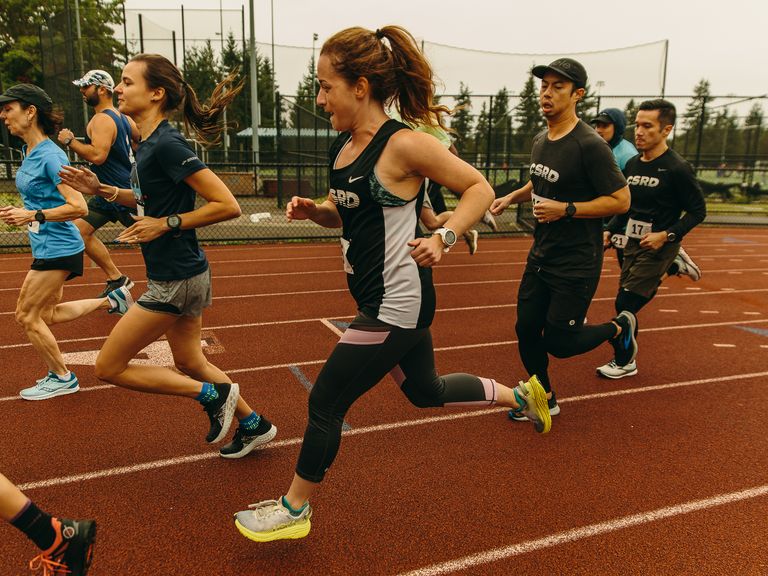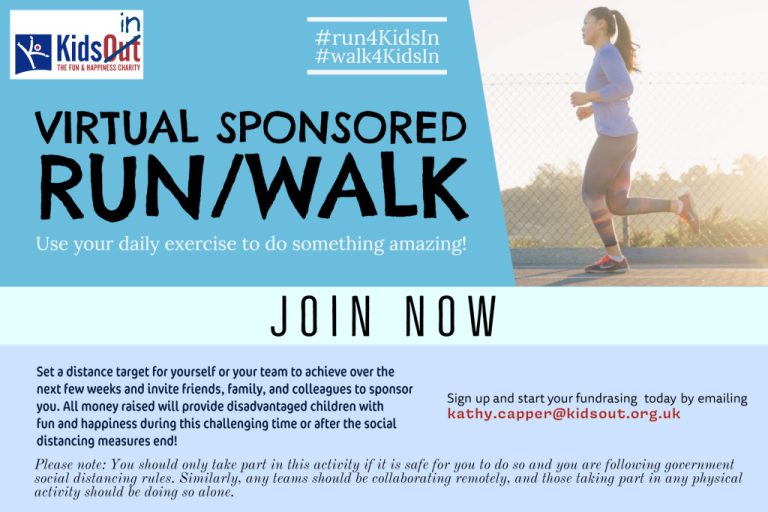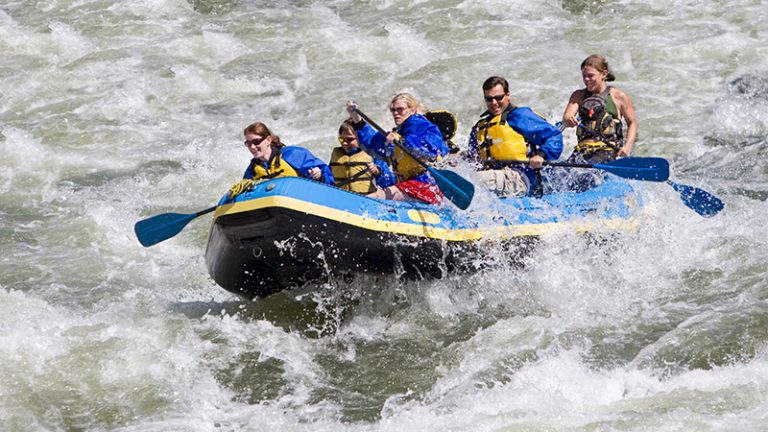How to Organize a Running Event
To organize a running event, establish a clear goal and target audience, create a detailed plan with logistics and safety measures, secure sponsorships and permits, promote the event through various channels, and coordinate with volunteers and suppliers. Running events are popular activities that bring together athletes, fitness enthusiasts, and the community.
Whether it’s a charity fundraiser, a marathon, or a fun run, organizing a successful running event requires careful planning and attention to detail. We will outline the necessary steps to organize a running event, from setting the goal and target audience to securing the necessary permits and sponsors.
We will also discuss the importance of logistics, safety measures, promotions, and managing volunteers and suppliers. By following these guidelines, you will be well-equipped to create a memorable and enjoyable running event.
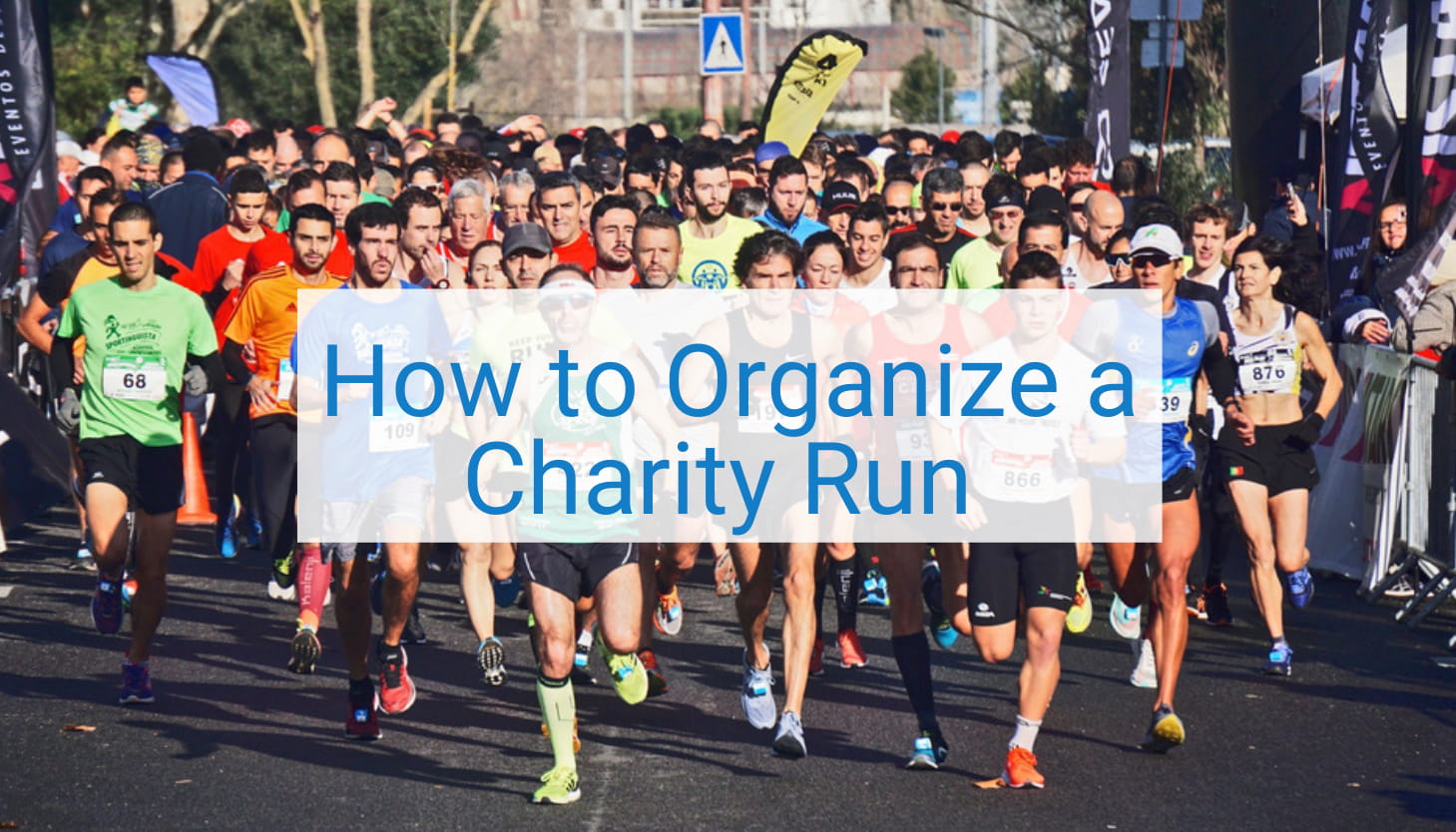
Credit: donorbox.org
Choosing The Event Type
Choosing the Event Type:
5k Or 10k
Consider the distance carefully to attract different participant abilities.
Half Marathon Or Marathon
Choose based on your target audience’s fitness levels and experience.
Securing Permits And Permissions
When organizing a running event, securing the necessary permits and permissions is a crucial step that cannot be overlooked. Working closely with local authorities and ensuring compliance with regulations is essential to ensure a safe and successful event. In this section, we will explore the different aspects of securing permits and permissions, including dealing with local authorities and road closures.
Local Authorities
When it comes to organizing a running event, liaising with local authorities should be one of your top priorities. These authorities, such as the city or town council, are responsible for granting permits and ensuring that the event adheres to regulations. To get in touch with the relevant local authorities, follow these steps:
- Identify the specific department or office responsible for permitting events in your area.
- Contact the department via phone or email, introducing yourself and providing a brief overview of your event.
- Request the necessary permits and ask for any additional requirements or guidelines that you need to follow.
- Provide all the requested information promptly and complete any required paperwork.
- Keep open lines of communication with the local authorities throughout the planning process to address any concerns or requirements.
Proactively working with the local authorities will not only ensure a smooth permit application process but also foster a positive relationship between your event and the community.
Road Closures
One of the critical aspects of organizing a running event is managing road closures effectively. Ensuring the safety of participants and minimizing disruption to traffic flow requires careful planning and coordination. Here are the steps to handle road closures:
- Identify the roads that need to be closed for the duration of the event.
- Obtain a list of affected residents and businesses from the local authorities and inform them in advance of the road closures.
- Develop a detailed traffic management plan that includes alternative routes and clearly marks closed roads.
- Notify local law enforcement agencies and emergency services about the event and provide them with a copy of the traffic management plan.
- Install visible and informative signage to guide both participants and motorists throughout the event.
- Ensure a well-coordinated communication system among event staff, volunteers, and local authorities to promptly address any road closure-related issues.
By following these steps and collaborating closely with local authorities, you can successfully secure the necessary permits and permissions for your running event, and ensure the safety and satisfaction of all participants and stakeholders.
Marketing And Promotion
To ensure the success of a running event, effective marketing and promotion are essential. Utilize social media platforms to create buzz, engage with potential participants, and showcase the event’s unique selling points. Implement targeted advertising campaigns and collaborate with local businesses and running clubs to expand the event’s reach.
Social Media Campaigns
Utilizing social media platforms is a powerful way to create buzz and generate excitement for your running event. Engage with potential participants by crafting intriguing posts that highlight the unique aspects of your event. To maximize your impact, choose the platforms most popular among your target audience, such as Facebook, Instagram, and Twitter.
- Create a dedicated event page or group on Facebook and regularly update it with relevant information, including registration details, race route maps, and exclusive discounts or promotions.
- Design visually appealing graphics and share them on Instagram, utilizing popular hashtags related to running and fitness.
- Tweet about your event updates, celebrity endorsements, and inspiring stories from past participants, ensuring you include relevant hashtags to amplify your reach.
Partnerships With Local Businesses
Teaming up with local businesses can help expand your event’s reach and attract a wider audience. Partnering with local fitness centers, sports stores, or health food establishments can provide mutually beneficial opportunities to promote your event.
| Benefits of Partnerships | Steps to Establish Partnerships |
|---|---|
|
|
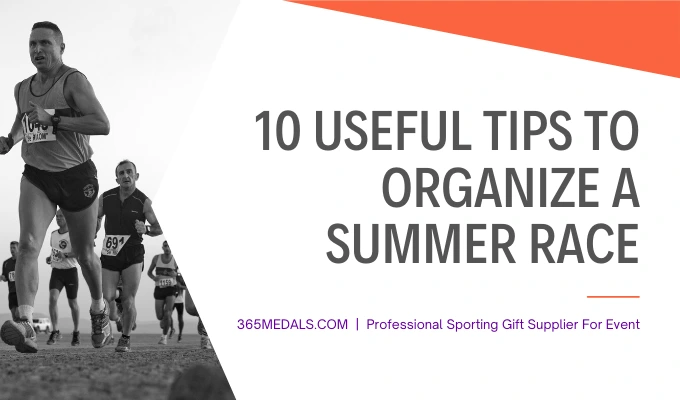
Credit: 365medals.com
Logistics And Participant Experience
Organizing a successful running event requires meticulous planning to ensure a seamless experience for all participants. Paying attention to logistics and participant experience is crucial to the overall success of the event.
Race Pack Collection
Race Pack Collection is a critical component of any running event, providing participants with their bibs, timing chips, and event information. A designated collection point and clear instructions streamline the process.
Hydration And Medical Support
Hydration and Medical Support are essential for the safety and well-being of participants. Multiple water stations along the route and on-site medical professionals can address any issues that may arise.
Post-event Activities And Follow-up
Post-event activities and follow-up are crucial for the overall success and satisfaction of a running event. They provide an opportunity to celebrate and recognize the participants’ achievements while gathering valuable feedback for future improvements. Let’s delve into the key components of post-event activities and follow-up.
Awards Ceremony
An awards ceremony is a fantastic way to honor the top performers and show appreciation for all participants. Highlight the winners across different categories to create a sense of accomplishment and motivation for future events. Ensure the ceremony is well-organized and engaging, leaving a lasting impression on the attendees.
Feedback Collection
Collecting feedback is vital for evaluating the event’s overall success and identifying areas for improvement. Create a structured approach to gather feedback from participants, volunteers, and sponsors. Utilize online surveys, in-person interviews, and social media platforms to gather diverse perspectives and valuable insights.
Credit: medium.com
Frequently Asked Questions For How To Organize A Running Event
How Do I Set Up A Run Event?
To set up a run event, choose a date and location, create a budget, plan the course, obtain permits, promote the event.
How Do You Organize A Fun Run Event?
To organize a fun run event, follow these steps: 1. Determine the purpose, location, and date of the event. 2. Set a budget and secure necessary permits and insurance. 3. Promote the event through social media, websites, and local advertising.
4. Recruit volunteers to help with registration, course setup, and safety. 5. Provide participants with clear instructions, timing, and exciting rewards.
How Do You Organize Running?
To organize running effectively, follow these steps: 1. Set a running schedule, with specific days and times. 2. Plan your routes in advance, considering distance and terrain. 3. Create a training plan, including goals and gradual progress. 4. Keep track of your runs and progress with a running log or app.
5. Prioritize rest and recovery, allowing your body to heal and prevent injuries.
Conclusion
Planning a successful running event requires attention to detail and clear communication. Stay organized with timelines and schedules, engage participants with social media promotions, and prioritize safety on race day. By following these steps, you can ensure a smooth and enjoyable experience for both runners and spectators.
Good luck with your event planning!

